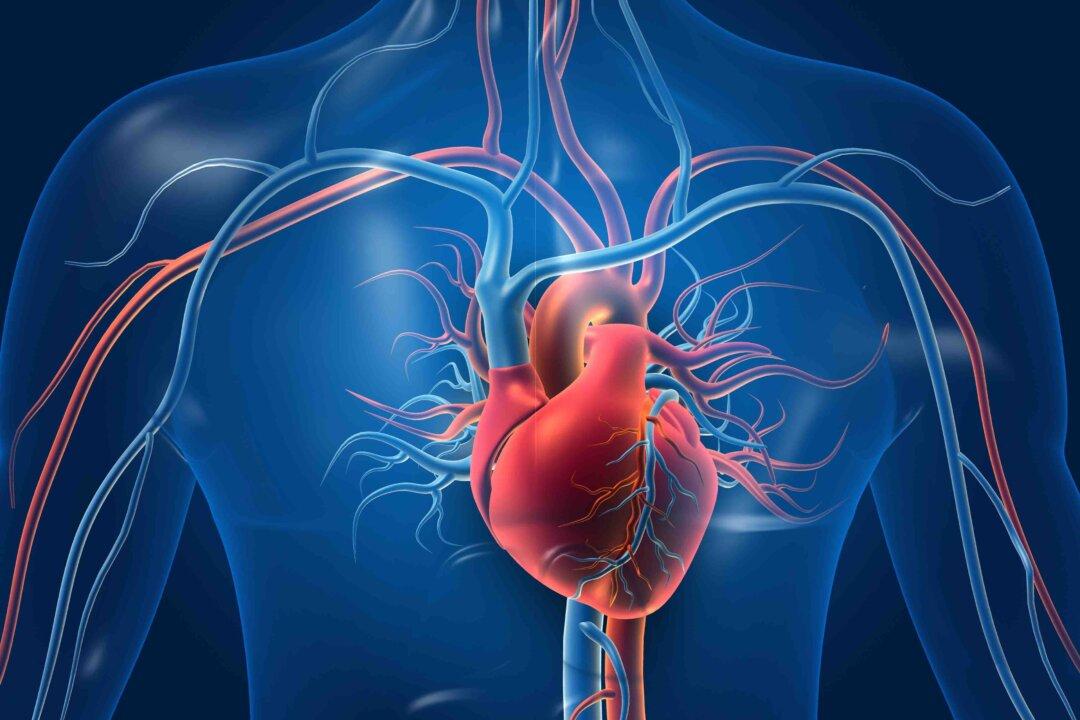Stimulating acupuncture points can improve or cure diseases. In the West, acupuncture and acupressure are gradually gaining popularity. However, do meridians really exist in the human body? The scientific community has looked at this from different perspectives. In one recent study published by Harvard Medical School, researchers were able to confirm the existence of the “pericardium meridian,” one of the 12 meridians.
Man’s Heart Issues Cured Within a Month
In January, a 28-year-old man came to the clinic of professor Jonathan Liu, a registered acupuncturist.This young man and his entire family had always been Liu’s patients. He used to have a lot of energy and loved rock climbing. Not long ago, he contracted COVID-19. It started with a fever, cough, and a sore throat. After he spent a while resting, most of his respiratory symptoms subsided. However, he was stuck with lingering chest congestion and fluttering heartbeats (palpitations). When he exercised, his palpitations became more obvious.





